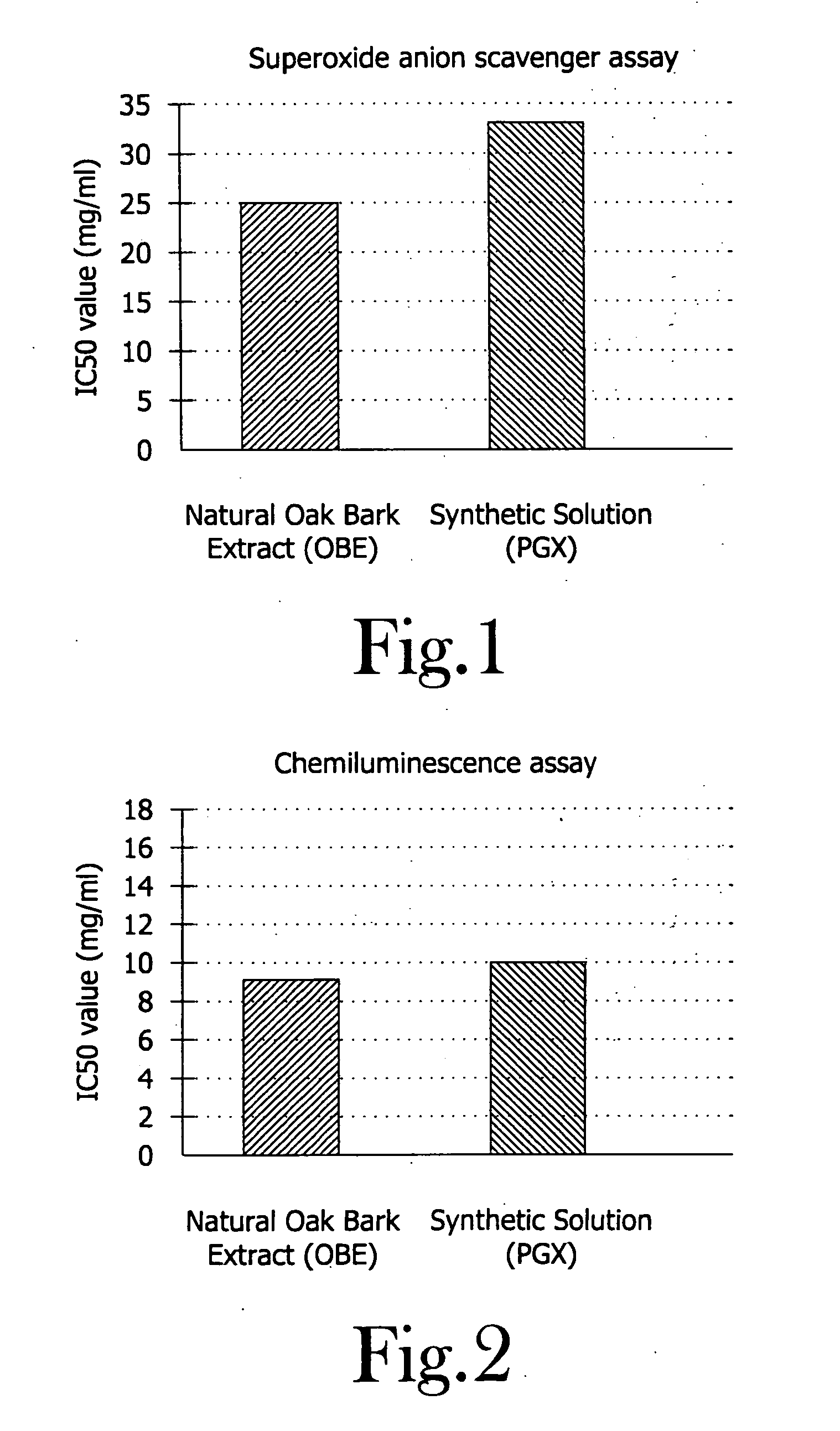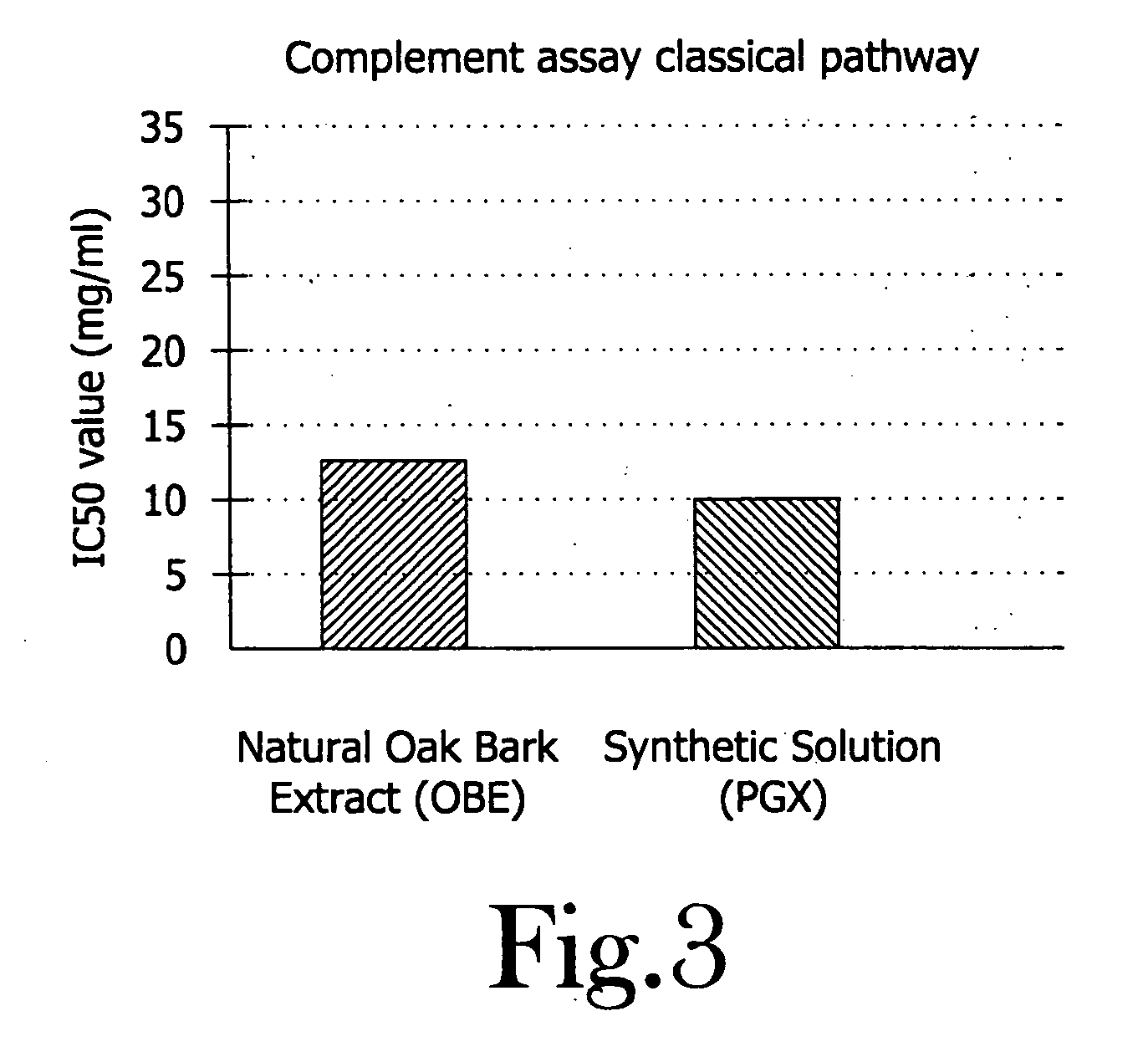Reduction of reactive oxygen species in chronic wound management
a reactive oxygen species and wound technology, applied in the field of wound management, can solve the problems of other reactive oxygen species (ros), less suitable epithelial outgrowth in the transformed matrix, and achieve the effect of effective treatment and healing of chronic wounds, reducing the level of superoxide anions associated, and reducing the level of reactive oxygen species
- Summary
- Abstract
- Description
- Claims
- Application Information
AI Technical Summary
Benefits of technology
Problems solved by technology
Method used
Image
Examples
Embodiment Construction
[0010] Technology and Methods Employed in the Invention
[0011] Material
[0012] A preferred composition useful in the present invention comprises 10-80 parts by weight of potassium ions, 0.00001-20 parts by weight of zinc ions, 0.01-10 parts by weight of calcium ions, and, rubidium ions I an amount of up to 40 parts by weight, the solution having a pH of between about 5 and about 7. In one embodiment, the metal ions are derived from respective salts thereof, including chlorides, sulfates, citrates, hydroxides, for example. Adjustment of the pH of the composition preferably is accomplished by the addition of citric acid to the solution, as needed. For present purposes, this composition is at times herein referred to as PHI5 (polyhydrated ionogen adjusted to a pH of 5 using citric acid).
[0013] Therapeutic value has been found using potassium, zinc and rubidium ions, without calcium. Calcium, however, may be useful in the treatment of certain types of wounds and its presence in a solut...
PUM
| Property | Measurement | Unit |
|---|---|---|
| pH | aaaaa | aaaaa |
| volumes | aaaaa | aaaaa |
| concentration | aaaaa | aaaaa |
Abstract
Description
Claims
Application Information
 Login to View More
Login to View More - R&D
- Intellectual Property
- Life Sciences
- Materials
- Tech Scout
- Unparalleled Data Quality
- Higher Quality Content
- 60% Fewer Hallucinations
Browse by: Latest US Patents, China's latest patents, Technical Efficacy Thesaurus, Application Domain, Technology Topic, Popular Technical Reports.
© 2025 PatSnap. All rights reserved.Legal|Privacy policy|Modern Slavery Act Transparency Statement|Sitemap|About US| Contact US: help@patsnap.com


